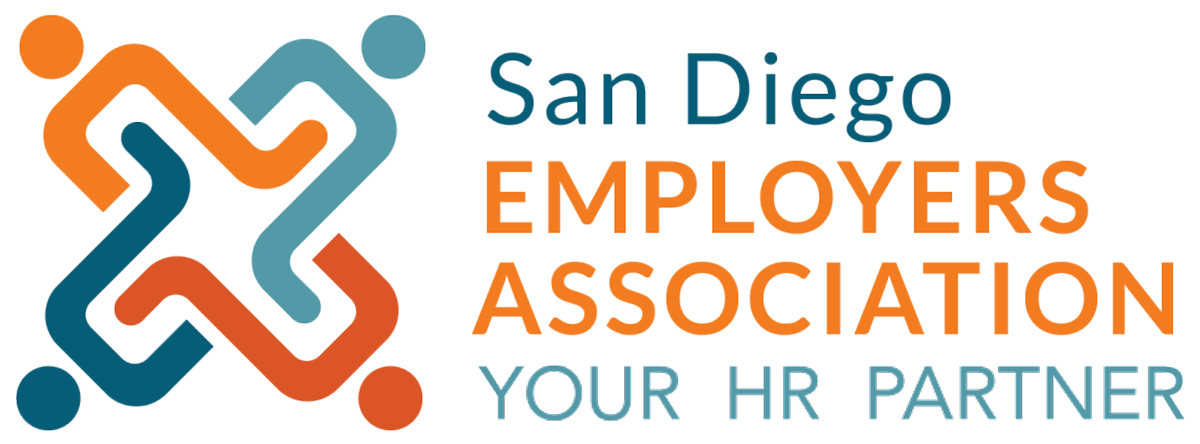4.30.20
HR Experience with Small Business During Covid-19 Roundtable Overview
Thank you to all who participated in last week’s Small Business Roundtable. In these unprecedented times, it is great to have a membership community where we can learn from each other.
The information shared in the Q&A focused on communicating with the EDD, Unemployment/Workshare/Furlough benefits and programs, more clarification on EPSL/EFMLA and how to document to receive tax credits, PPP loans, and things to think about when we are ready to have our employees return to work.
This article will address the virtual discussion by topic.
Contacting the EDD
There has been a lot of frustration around the inability to contact the EDD. There is now a State Information Data Exchange System (SIDES) where you can respond to a Notice of UI Claim online, rather than through the mail. The service seems to be only for recent claims and does not provide historical information.
Unemployment/Workshare/Furlough
There is still some confusion on the terms “furlough” vs. “layoff”. Basically, if you are not going to pay your employee within the pay period, for all intents and purposes (per the Labor Commissioner), they have been laid off and you should pay out any accrued and unused PTO/vacation. That way the employee can put the money in the bank, and it is not considered “earnings” by the EDD.
You are not required to terminate the employee from your payroll, and you can continue benefits if you can afford to do so. Although Opinion Letters from the 1990’s indicate that furlough needs to have an end date, during this situation, you do not need to have a specified return to work. The EDD response form allows “temporary layoff” as a reason for leaving.
Some members have received approval for Workshare, others have not. From members we have spoken with in the past couple weeks, it seems that Workshare approval is getting quicker. A member who was recently approved for Workshare said that their approval notice told them to contact the EDD to make arrangements if the employees have already filed for UI.
EPSL/EFMLA
Members have had people qualify for both EPSL and EFMLA. The majority are qualifying due to the need to stay home and care for a child. You will want to get documentation from the employee that they are confirming that there is no one else available to care for the child while they receive EFMLA. Paychex automatically applies the employment tax credit if you use the EPSL/EFMLA earning code. Contact your payroll provider (or your CPA if you do your own payroll) to determine how you can get the credit.
PPP loans
We start with our disclaimer that we are not banking/business loan professionals, so confirm with the bank that issued you the loan before making decisions on staffing changes and how it will affect your PPP loan. Our understanding is that any money that you borrow for the PPP loan needs to be used to
pay for payroll (no more than $100,000 annual salary per employee) as well as benefits and taxes on compensation. Up to 25% of the loan may be used by the business to cover mortgage interest, rent, utilities, and interest on pre-existing loans. Any amount of the loan that is not used for those contingencies will not be forgiven, but if you don’t spend that money on something else, you can essentially just give the money back (if anyone finds information to the contrary, please let us know).
Return to work
Many of our members are making plans for bringing their staff back to work. While the stay at home Executive Order is still in place, we don’t recommend requiring employees who are able to telecommute to come back to the office. If you do, you are essentially asking them to violate a state rule or regulation and may be at risk of invoking Whistleblower protections.
Members are also having issues with employees who don’t want to return to work because they are making more on unemployment. If you offer work and they decline it, that would make them ineligible for unemployment, but in order to maintain good employee relations you may not want to do that. Our suggestion is to bring employees back part time, ensuring that the make at least $1 less than the state maximum UI benefit. That way they will still get the additional $600 in federal funds. If they still refuse to return to work, there is a fraud reporting form available on the EDD website.
If returning part time is not feasible, some of our members are offering return bonuses to incentivize people to come back. We know, it’s frustrating, but the desire to make more money is the basis of Capitalism.
Again, we thank everyone who participated in the roundtable, and appreciate the knowledge our members are sharing as we go through this extraordinary experience.




